When I started my trip to Vidin I was preparing to find myself in the poorest region in the entire European Union. The road meandered near the colorful autumn mountain. I expected to see broad spans of uncultivated and abandoned farmlands, but to my surprise I did not spot even a single uncultivated piece of land. Thus, I was again filled with hope that that Bulgarian region would again become a good place to live in and living standard there would rise again. Suddenly I arrived in the city of Vidin and headed towards the bank of the Danube River, in order to enjoy the river and see for myself the newly built Danube Bridge 2, which links Bulgaria with Romania.
My story will take you to the central part of the city where, within an area of 1 square kilometers only, visitors can see cultural and historical monuments of the Roman period, the Middle Ages, the Ottoman Rule and the period after the liberation of Bulgaria from Ottoman Yoke. The symbol of Vidin - Baba Vida Fortress rises proudly on the picturesque meander of the large European river. It is the best-preserved Medieval Bulgarian fortress which was declared a national historical monument back in 1927.
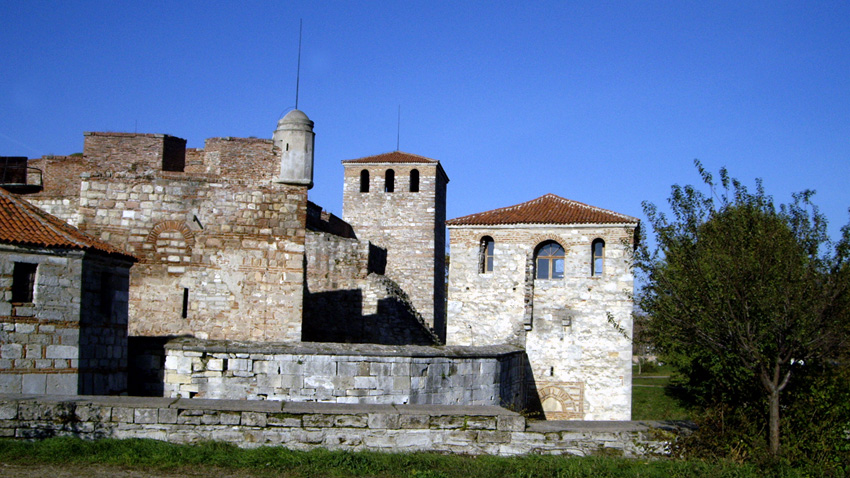
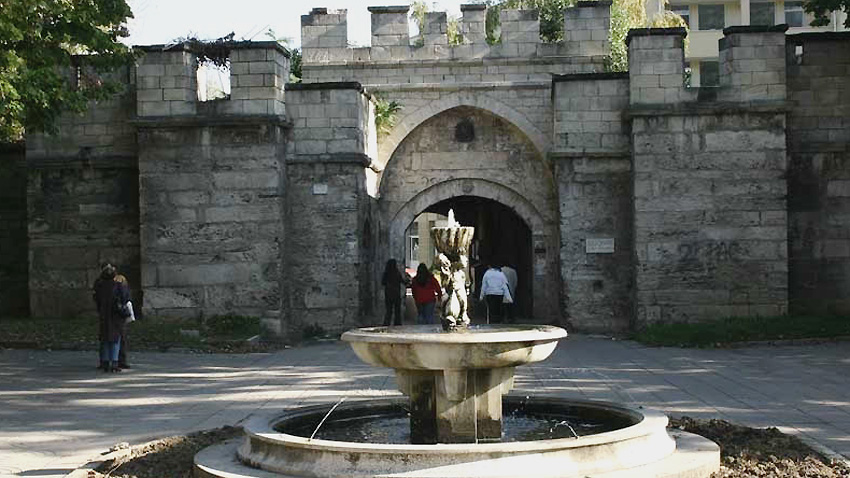 Part of its fundaments are from the time of the Roman fortress Bononia. Baba Vida fort is unique with its exquisitely built bastions and towers and the multiple stone chambers. It gathered the millennial history of that region and continues to take part in the city’s life. It is a preferred venue for various concerts, festivals and cinema shows. The Ottoman fortification system, known as Kaleto, is situated in a close proximity to Baba Vida fortress. It dates back to the 17th-18th century. The monumental city gates are part of that fort. Four gates are facing inland and another five are facing the Danube River. These gates make the central part of the city look unique. The so-called Krastata Kazarma (Cross- shaped barracks), built back in 1801, is also situated in the vicinity of Vidin. Today, that building hosts a series of guest exhibitions.
Part of its fundaments are from the time of the Roman fortress Bononia. Baba Vida fort is unique with its exquisitely built bastions and towers and the multiple stone chambers. It gathered the millennial history of that region and continues to take part in the city’s life. It is a preferred venue for various concerts, festivals and cinema shows. The Ottoman fortification system, known as Kaleto, is situated in a close proximity to Baba Vida fortress. It dates back to the 17th-18th century. The monumental city gates are part of that fort. Four gates are facing inland and another five are facing the Danube River. These gates make the central part of the city look unique. The so-called Krastata Kazarma (Cross- shaped barracks), built back in 1801, is also situated in the vicinity of Vidin. Today, that building hosts a series of guest exhibitions.
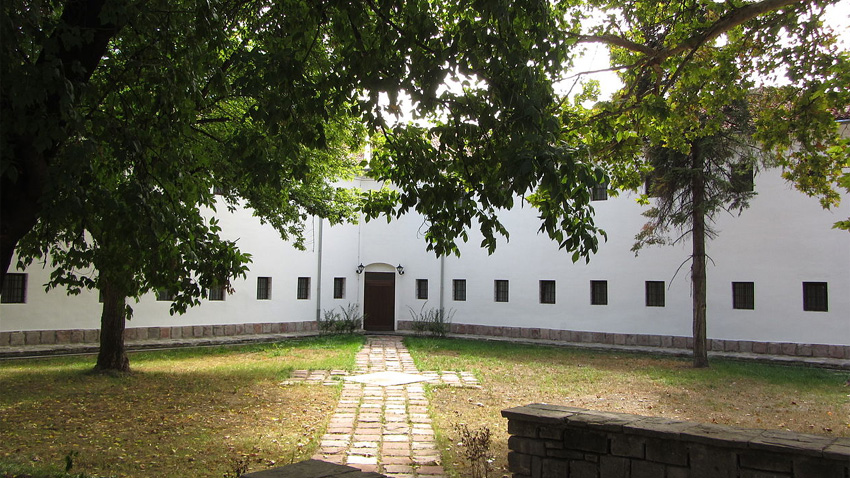
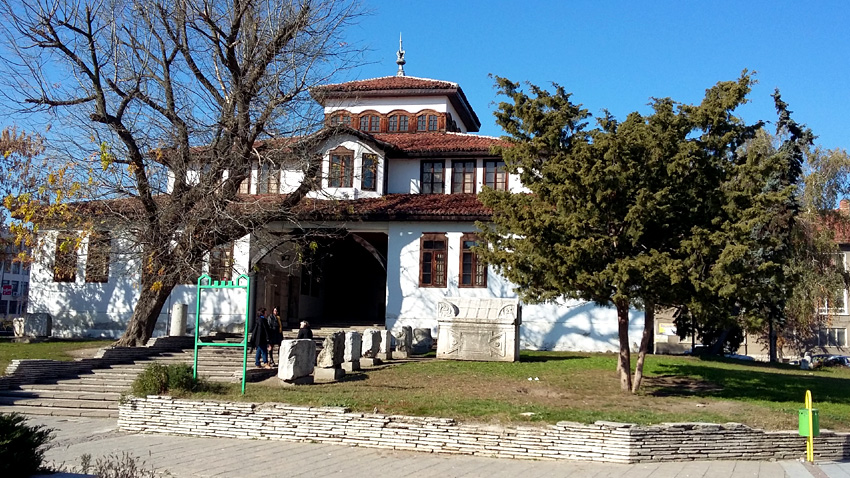 Tourists should by all means visit the Regional Historical Museum Konaka. It was built in the 17th century. Initially, it was used as a Turkish police office. After the establishment of the Bulgarian Exarchate in 1870 the building was granted to the Bulgarian Church Community.After the liberation of Bulgaria from the Ottoman Yoke, Konaka was used by the Vidin Municipality. Today, the visitors of the museum can learn about the rich history of that region from Antiquity until the Russo-Turkish Liberation War (1877-1878). Fans of religious tourism have a lot to see, too. They can go to the St. Demetrius Cathedral, which is the second biggest cathedral in Bulgaria after the St. Alexander Nevsky Cathedral in Sofia. Tourists can also visit some contemporary and ancient churches and see the ruins of the Vidin Synagogue. One can also visit the small St. Panteleimon Church situated on the premises of Vidin Bishopric. It was built back in the 14th century and was
Tourists should by all means visit the Regional Historical Museum Konaka. It was built in the 17th century. Initially, it was used as a Turkish police office. After the establishment of the Bulgarian Exarchate in 1870 the building was granted to the Bulgarian Church Community.After the liberation of Bulgaria from the Ottoman Yoke, Konaka was used by the Vidin Municipality. Today, the visitors of the museum can learn about the rich history of that region from Antiquity until the Russo-Turkish Liberation War (1877-1878). Fans of religious tourism have a lot to see, too. They can go to the St. Demetrius Cathedral, which is the second biggest cathedral in Bulgaria after the St. Alexander Nevsky Cathedral in Sofia. Tourists can also visit some contemporary and ancient churches and see the ruins of the Vidin Synagogue. One can also visit the small St. Panteleimon Church situated on the premises of Vidin Bishopric. It was built back in the 14th century and was 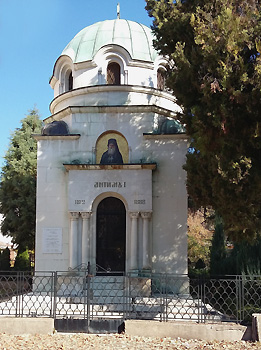 declared a historical monument in 1927. The mausoleum of Exarch Antim 1 is situated right next to that church. Antim was the first Bulgarian Exarch who also served as Metropolitan of Vidin. He was the President of the First Grand National Assembly which adopted the Tarnovo Constitution. The country’s traditional religious tolerance is proved by the fact that a narrow street divides the Vidin Bishopric from the city mosque and the library of former governor of Vidin district Osman Pazvantoglu. The mosque contains elements of the typical Oriental architecture, but visitors can also find ornaments of the Late French Baroque. The imam of Vidin Samet Ismailov welcomes us with a smile and was impatient to share the history of the mosque with Radio Bulgaria.
declared a historical monument in 1927. The mausoleum of Exarch Antim 1 is situated right next to that church. Antim was the first Bulgarian Exarch who also served as Metropolitan of Vidin. He was the President of the First Grand National Assembly which adopted the Tarnovo Constitution. The country’s traditional religious tolerance is proved by the fact that a narrow street divides the Vidin Bishopric from the city mosque and the library of former governor of Vidin district Osman Pazvantoglu. The mosque contains elements of the typical Oriental architecture, but visitors can also find ornaments of the Late French Baroque. The imam of Vidin Samet Ismailov welcomes us with a smile and was impatient to share the history of the mosque with Radio Bulgaria.
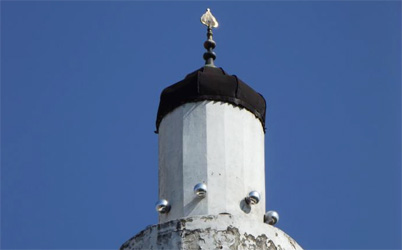 “The mosque was built in 1801. According to the sign that was preserved on the front gate, Osman Pazvantoglu dedicated the construction of that mosque to his father. One year later he built a library next to the mosque, which was dedicated to his mother. Pazvantoglu also built many other Islamic temples, buildings, fountains and bridges. He put the traditional crescent sign on the other mosques. However, the Vidin Mosque is the only one that contains a heart sign. People believe that he put a heart sign on the top of the minaret, in order to manifest his love in his parents and set an example to the future generations that children must respect, honor and love their parents. That sign makes the Vidin Mosque and the adjacent library unique. We are proud to have a mosque with such a symbol, which was built in Bulgaria and we are trying to preserve that message and pass it to the future generations. The woodcarving and the ornaments in Osman Pazvantoglu Mosque are authentic.”
“The mosque was built in 1801. According to the sign that was preserved on the front gate, Osman Pazvantoglu dedicated the construction of that mosque to his father. One year later he built a library next to the mosque, which was dedicated to his mother. Pazvantoglu also built many other Islamic temples, buildings, fountains and bridges. He put the traditional crescent sign on the other mosques. However, the Vidin Mosque is the only one that contains a heart sign. People believe that he put a heart sign on the top of the minaret, in order to manifest his love in his parents and set an example to the future generations that children must respect, honor and love their parents. That sign makes the Vidin Mosque and the adjacent library unique. We are proud to have a mosque with such a symbol, which was built in Bulgaria and we are trying to preserve that message and pass it to the future generations. The woodcarving and the ornaments in Osman Pazvantoglu Mosque are authentic.”
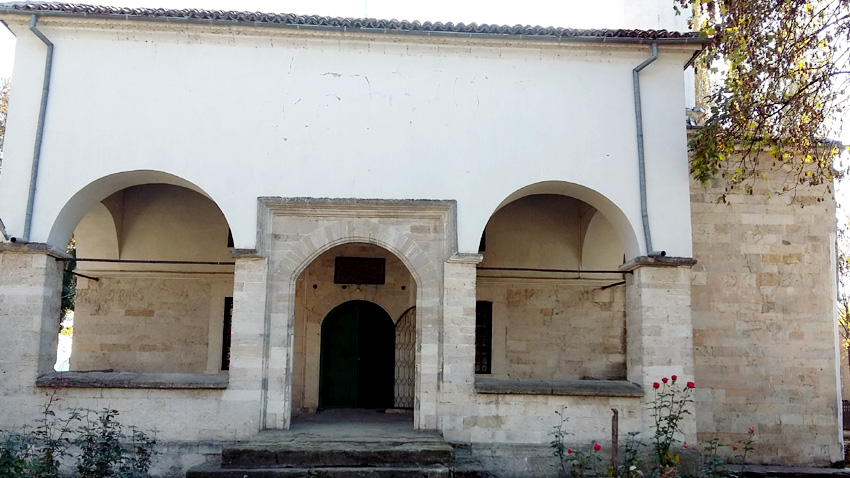
Those who visit the Osman Pazvantoglu Mosque in Vidin would be undoubtedly impressed by the library of the Ottoman ruler, too. More form Imam Ismailov:
“Many people think that this library kept only religious literature, because it was built in the yard of the city mosque. On the contrary, the books kept in this library were written in several languages. Most of them were written in French, because Pazvantoglu graduated in France. The library literature contained culinary books and gardening books as well. Part of that book treasure belongs to the National Library in Sofia and part of it belongs to the Republic of Turkey. Today the library keeps contemporary literature books. The mosque and the library are open to all visitors.”
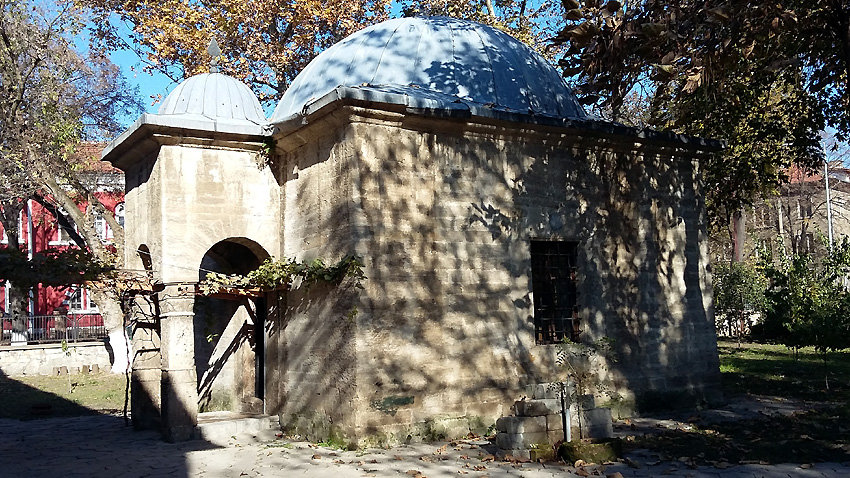
The last sun beams took me again to the Port of Vidin. At the same time an Austrian tourist ship moored at the port. A large multinational group of curious tourists came out of the ship and started taking photos of the area. Undoubtedly, they enjoyed a wonderful autumn day in the city of Vidin.
English version: Kostadin Atanasov
The Ministry of Tourism presented Bulgaria at the International Golf Travel Market (IGTM), held from October 14 to 17, 2024, in Lisbon. This is the largest event in the golf tourism industry, held annually in different destinations since 1998...
The awards in the "Hut of the Year" competition, a joint initiative of 360Mag magazine and the Bulgarian Tourist Union, were presented at a ceremony in the Cinema House in Sofia. More than 100 mountain lodges and shelters from all..
The rock formations overhanging the Rusenski Lom River and its tributaries Beli Lom, Cherni Lom and Mali Lom are a magnet for nature lovers and adrenaline seekers. The whole area is known as Polomie or "Mountain under the Plain"...
Bansko has been recognized as one of the most desired destinations during the World Travel Market London. The resort town has entered the top 10 of..
Caretaker Minister of Tourism Evtim Miloshev held a series of high-level meetings with the tourism ministers of Saudi Arabia, Qatar, Bahrain, and..

+359 2 9336 661
